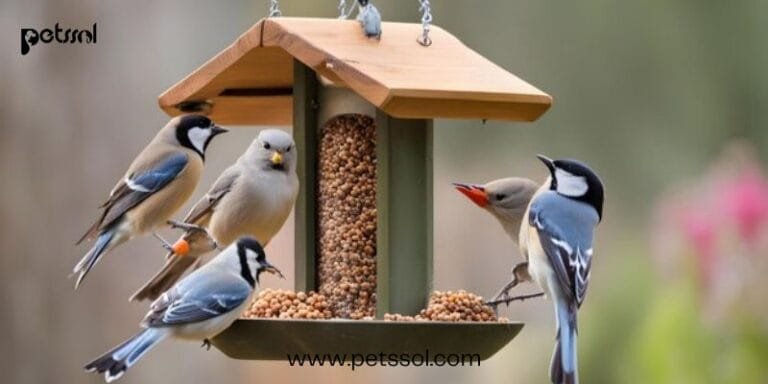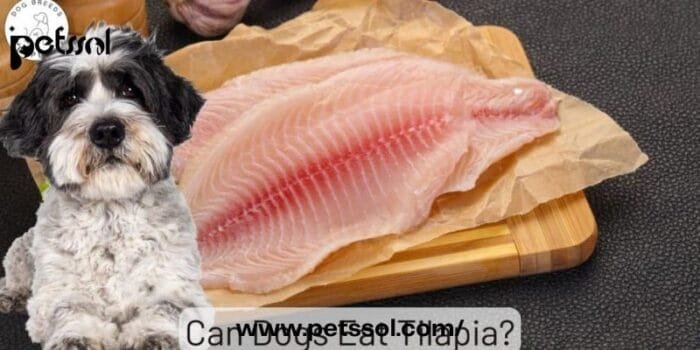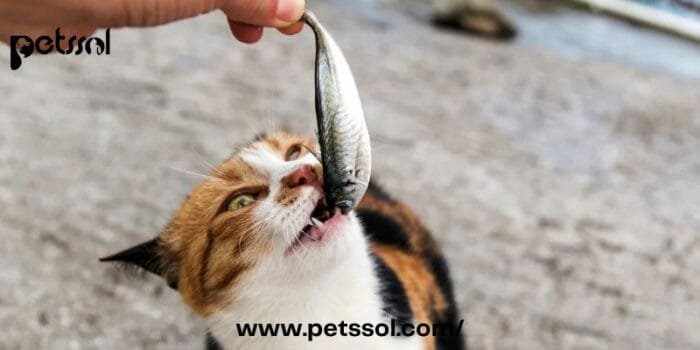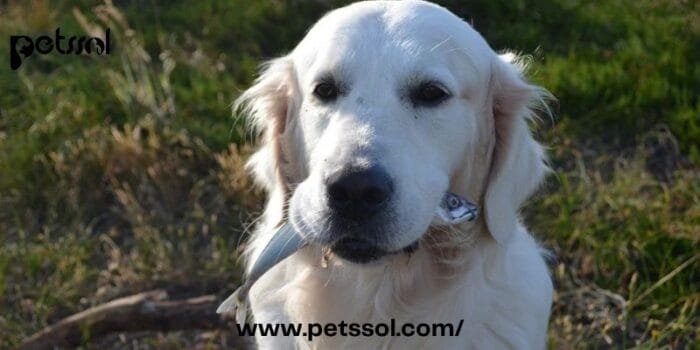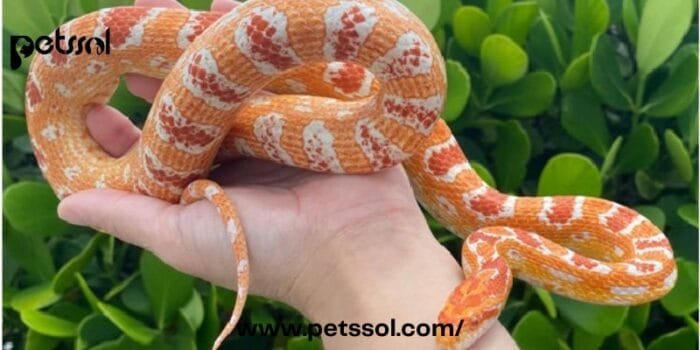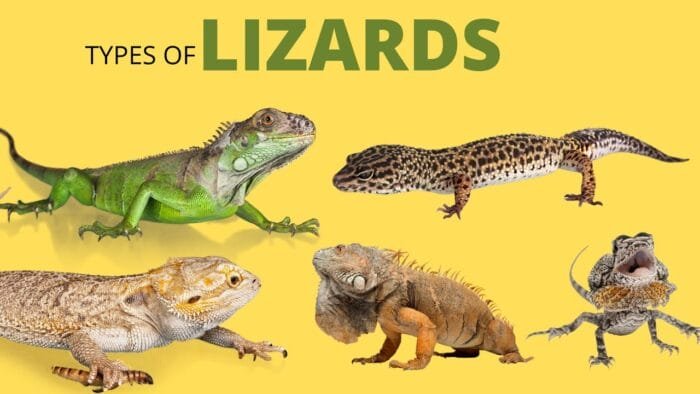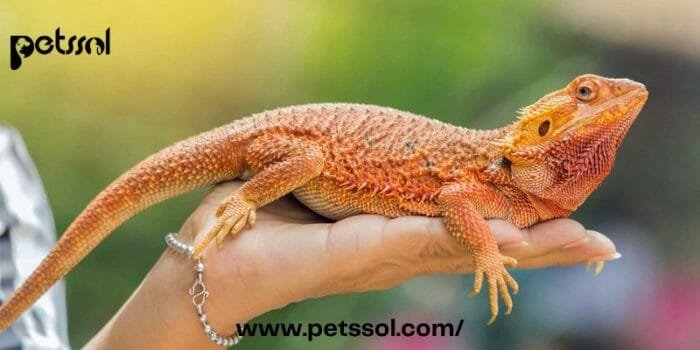How to Attract Birds to Your Feeder: There’s something truly magical about the sight and sound of birds fluttering around your garden. Their vibrant colors, melodic songs, and playful behaviors add life and beauty to any outdoor space. If you’re wondering how to attract birds to your feeder, you’re in the right place. Whether you’re an experienced birdwatcher or just starting, this comprehensive guide will provide you with everything you need to create a bird-friendly environment that will keep your feeders busy year-round.
-
Table of Contents
ToggleChoosing the Right Feeder for Your Backyard
Selecting the appropriate feeder is one of the first steps to attracting birds to your garden. Not all feeders are created equal, and different birds are attracted to different types of feeders. Understanding the various options available will help you choose the best feeder for your needs and the types of birds you want to attract.
Types of Feeders:
-
Tube Feeders:
Tube feeders are long, cylindrical feeders that can hold a variety of seeds. They are especially popular with small birds like finches, chickadees, and sparrows. The design of tube feeders allows birds to perch and eat while keeping the seeds protected from the elements.
-
Platform Feeders:
Platform feeders are flat, open feeders that provide ample space for birds to land and feed. These feeders can accommodate a variety of seeds and attract larger birds like cardinals, blue jays, and doves. However, they are also more accessible to squirrels and other pests, so placement and maintenance are essential.
-
Suet Feeders:
Suet feeders are designed to hold suet cakes, which are blocks of fat mixed with seeds, nuts, and fruits. These feeders are particularly attractive to woodpeckers, nuthatches, and wrens. Suet is a high-energy food, making it especially beneficial during the colder months.
-
Hopper Feeders:
Hopper feeders are a combination of tube and platform feeders, with a reservoir that holds seeds and dispenses them as birds eat. They are versatile and can attract a wide variety of birds. Hopper feeders are also designed to protect seeds from the elements, making them an excellent choice for year-round feeding.
-
Nyjer (Thistle) Feeders:
Nyjer feeders are specialized feeders designed to hold tiny nyjer seeds, which are a favorite of finches, including American goldfinches and pine siskins. These feeders typically have small feeding ports to prevent seeds from spilling out.
Feeder Placement Tips:
-
Safe and Accessible:
Place feeders in a location where birds feel safe from predators. Near shrubs or trees is ideal, as these provide natural cover. However, make sure the feeders are not too close to branches that might give squirrels easy access.
-
Visibility:
Position the feeder where you can easily observe the birds. Watching the birds enjoy the feeder is one of the main joys of bird feeding.
-
Height:
Most birds prefer feeders that are hung at a moderate height. Hanging feeders too high or placing them too low might discourage some birds from visiting.
-
Selecting the Best Birdseed for Maximum Attraction
The type of birdseed you offer plays a crucial role in attracting different species to your feeder. Birds are selective eaters, and providing the right food can significantly increase your chances of attracting a wide variety of birds. Here’s an in-depth look at the most popular types of birdseed and the birds they attract:
Popular Birdseed Options:
-
Black Oil Sunflower Seeds:
Black oil sunflower seeds are the most popular choice for attracting a wide range of bird species. Their thin shells are easy for small birds to crack open, and the seeds are rich in fat, providing essential energy, especially during colder months. Birds like cardinals, finches, chickadees, and sparrows are particularly fond of these seeds.
-
Striped Sunflower Seeds:
These seeds have thicker shells compared to black oil sunflower seeds, making them more challenging for smaller birds. However, larger birds like blue jays and cardinals enjoy them.
-
Nyjer (Thistle) Seeds:
Nyjer seeds are tiny, nutrient-rich seeds that are a favorite among finches, including American goldfinches, house finches, and pine siskins. These seeds require a specialized feeder with small feeding ports to prevent waste.
-
Safflower Seeds:
Safflower seeds are a great alternative to sunflower seeds and are especially appealing to cardinals, chickadees, and doves. Interestingly, squirrels and some other animals tend to avoid safflower seeds, making them a good choice if you have issues with pests.
-
Millet:
Millet is a small, round seed that is often found in mixed birdseed blends. It is particularly attractive to ground-feeding birds like sparrows, juncos, and towhees. White proso millet is the most commonly used type.
-
Cracked Corn:
Cracked corn is a favorite among ground-feeding birds such as doves, jays, and blackbirds. It can be offered on platform feeders or scattered directly on the ground.
-
Suet:
Suet is a high-energy food made from animal fat and is often mixed with seeds, nuts, and dried fruits. Suet cakes can be placed in specialized suet feeders and are especially appealing to woodpeckers, nuthatches, and wrens.
-
Peanuts:
Shelled or unshelled peanuts are a high-protein treat that attracts larger birds like jays, woodpeckers, and titmice. However, peanuts should be offered in moderation and kept dry to prevent mold.
Creating a Custom Birdseed Mix:
One effective strategy for attracting a diverse group of birds is to create a custom birdseed mix. By combining different seeds, you can cater to a broader range of species. For example, you might mix black oil sunflower seeds with millet and cracked corn to attract both perching and ground-feeding birds.
Food Presentation:
-
Multiple Feeders:
Consider using multiple feeders with different seed types to attract a variety of birds. This approach prevents overcrowding and allows each species to feed comfortably.
-
Avoid Seed Waste:
Birds can be picky, and they may throw seeds they don’t like onto the ground. To minimize waste, offer seeds that are more likely to be eaten or choose feeders designed to reduce spillage.

-
Providing Fresh Water: A Critical Step in Attracting Birds
In addition to food, water is an essential resource that birds need for drinking and bathing. Providing a clean, reliable water source can significantly increase the number of birds visiting your yard.
Water Sources to Consider:
-
Birdbaths:
Birdbaths are a classic and effective way to provide water for birds. Choose a birdbath with a shallow basin, as birds prefer shallow water where they can comfortably stand and bathe. Placing the birdbath in a shaded area can help keep the water cool during hot weather.
-
Misters and Drippers:
Misters and drippers are great additions to a birdbath or garden. The sound and movement of water attract birds and can be particularly effective in drawing in species that might not visit a still birdbath.
-
Pond or Fountain:
For those looking to create a more natural environment, a small pond or fountain can be a fantastic option. Flowing water not only attracts birds but also enhances the overall aesthetic of your garden.
-
Winter Water Sources:
In colder climates, providing water during the winter can be challenging. Consider using a heated birdbath or a birdbath de-icer to keep the water from freezing. This will make your yard an essential stop for birds during the winter months.
Water Maintenance Tips:
-
Keep It Clean:
Dirty water can spread disease and discourage birds from visiting. Regularly clean your birdbath or water source to ensure it remains fresh and safe for birds.
-
Change Water Frequently:
Stagnant water can become a breeding ground for mosquitoes. Changing the water every few days, especially during hot weather, helps prevent this issue.
-
Positioning:
Place the water source in a location where birds feel safe and can quickly escape if a predator approaches. Near a tree or shrub provides cover but should be far enough away to avoid easy access for cats or other predators.
-
Creating a Bird-Friendly Landscape: Plants and Shelter
Birds are naturally attracted to environments that provide food, shelter, and nesting sites. By designing your garden with these elements in mind, you can create a haven for birds and encourage them to visit regularly.
Tips for Landscaping:
-
Plant Native Trees and Shrubs:
Native plants are adapted to your local climate and soil conditions, making them easier to grow and maintain. More importantly, they provide natural food sources, such as seeds, berries, and insects, that birds rely on. Species like dogwood, serviceberry, and elderberry are excellent choices for attracting birds.
-
Create Layers:
Birds prefer gardens that offer a variety of habitats. By planting ground cover, shrubs, and trees, you can create different layers of vegetation that provide food, shelter, and nesting sites. This layered approach mimics the natural environment and attracts a wider range of bird species.
-
Incorporate Flowering Plants:
In addition to providing food, flowering plants like coneflowers, sunflowers, and asters can attract insects, which are a vital food source for many birds, especially during the breeding season.
-
Avoid Pesticides:
Pesticides can be harmful to birds and reduce their food sources by killing insects. Instead of using chemicals, consider natural alternatives like companion planting or introducing beneficial insects to control pests.
-
Provide Nesting Materials:
Birds need materials like twigs, grass, and feathers to build their nests. You can offer these materials by placing them in an open basket or attaching them to trees. You might also consider leaving a small, undisturbed area of your garden where birds can gather natural materials.
-
Maintaining Your Bird Feeders and Environment
Consistent maintenance of your bird feeders and garden environment is crucial for keeping birds coming back. Neglecting to clean feeders or replace old food can deter birds and potentially harm them.
Maintenance Tips:
-
Clean Feeders Regularly:
Dirty feeders can harbor bacteria and mold, which can be harmful to birds. Clean your feeders at least once a week using a mild soap and water solution. Rinse them thoroughly and let them dry completely before refilling.
-
Replace Old Seed:
Stale or moldy seed is not only unappetizing but can also be harmful to birds. Check your feeders daily and remove any old seed before adding fresh supplies. Store birdseed in a cool, dry place to keep it fresh for longer.
-
Check for Pests:
Squirrels, raccoons, and other pests can be a nuisance at bird feeders. They can eat the seed and scare away birds. Use squirrel-proof feeders, baffles, or other deterrents to keep pests at bay. Regularly check your feeders for signs of pests and take action if necessary.
-
Keep the Area Clean:
Fallen seeds can attract rodents and other unwanted visitors. Regularly clean the area around your feeders to prevent seed buildup. You can also use seed catchers or trays to reduce waste and keep the area tidy.

-
Bird Behavior and Seasonal Changes
Birds’ feeding habits and preferences can change throughout the year. Understanding these seasonal patterns will help you adjust your feeding strategy and keep birds visiting your garden year-round.
Seasonal Feeding Tips:
-
Spring and Summer:
During the warmer months, birds are busy breeding and raising their young. They require high-energy foods like seeds, insects, and fruits to fuel their activities. Offering a variety of foods, including suet and mealworms, can attract a wide range of birds. Also, providing nesting materials can encourage birds to set up home in your garden.
-
Fall and Winter:
As temperatures drop, birds need extra energy to stay warm. High-fat foods like suet, peanuts, and sunflower seeds are particularly beneficial during this time. You might also notice an increase in bird activity as migratory birds stop by your feeders during their journey. Keep your feeders stocked and consider adding a heated birdbath to provide a water source in freezing conditions.
- Migration Periods: Migration can be a stressful time for birds as they travel long distances. During these periods, offering food and water can provide much-needed nourishment for migrating birds. Consider adding extra feeders and keeping them well-stocked to support these travelers.
Observing Bird Behavior:
-
Feeding Patterns:
Pay attention to when birds visit your feeders. Some birds prefer to feed early in the morning, while others might visit later in the day. Understanding these patterns can help you time your feeder refills to ensure a steady supply of food.
-
Aggressive Behavior:
Some bird species can be territorial or aggressive at feeders. If you notice aggressive behavior, consider adding more feeders to reduce competition. You can also space out feeders to give birds more room to feed peacefully.
-
Your Partner in Pet and Bird Care
At Petssol, we are committed to helping you create a safe and welcoming environment for all your pets, including our feathered friends. From expert advice on bird feeding to the best products for your pets, we have everything you need to keep your garden and home buzzing with life.
Petssol offers a wide range of bird feeders, seeds, and accessories to enhance your backyard birdwatching experience. We also provide tips on pet care and health, ensuring that all your pets receive the love and attention they deserve. Visit Petssol today to explore our offerings and discover more tips and tricks for attracting birds and taking care of your pets.
FAQs
Q1: How can I attract more birds to my feeder?
A1: To attract more birds, offer a variety of feeders and seed types. Make sure feeders are placed in safe, quiet areas near natural cover like trees or shrubs. Regularly clean feeders and keep them well-stocked with fresh food.
Q2: What type of birdseed is best for attracting the most birds?
A2: Black oil sunflower seeds are a favorite among many bird species. You can also offer a mix of seeds to attract a diverse group of birds. Experiment with different seeds like nyjer, safflower, and millet to see which birds visit your feeders.
Q3: How often should I clean my bird feeders?
A3: Clean your bird feeders at least once a week to prevent the spread of disease and to keep the seed fresh. Use a mild soap and water solution, rinse thoroughly, and let the feeders dry completely before refilling.
Q4: Can I attract birds without using a feeder?
A4: Yes, you can attract birds by creating a bird-friendly landscape. Plant native trees and shrubs, provide water sources, and avoid using pesticides. Offering nesting materials and keeping your garden natural will also attract birds.
Q5: What should I do if squirrels are stealing birdseed?
A5: To keep squirrels away, use squirrel-proof feeders or add baffles to your existing feeders. Placing feeders away from trees and other launching points can also help. Consider offering safflower seeds, which squirrels tend to avoid.
Q6: Do I need to feed birds year-round?
A6: Feeding birds year-round is beneficial, especially during winter and migration periods when food is scarce. Providing food during these times helps birds survive and thrive. However, feeding can be adjusted based on seasonal needs.
Q7: How can I keep pests away from my bird feeders?
A7: Regular cleaning, proper feeder placement, and using pest deterrents like baffles can help keep pests away. If pests become a problem, consider using feeders specifically designed to prevent access by unwanted animals.

